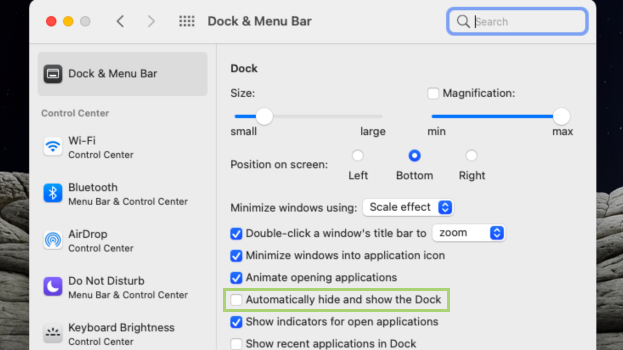How to hide the Dock in macOS
We can save desktop space and keep easy access to it
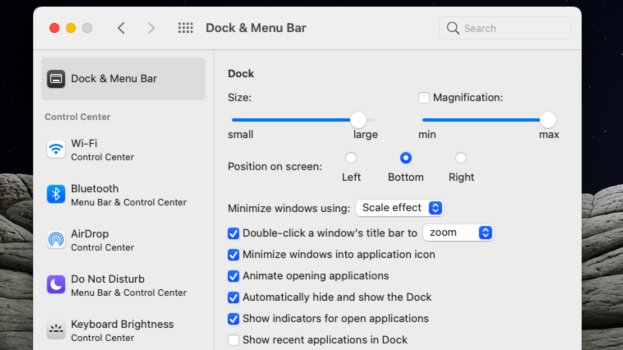
The Dock on your Mac is a place to access frequently used apps as well as downloaded files. By default, it sits at the bottom of your screen. It is a popular part of the user interface because of its intuitive nature and the ease and speed at which you can open apps or other files.
On smaller screens, where pixels are more valuable, the additional space the Dock takes could be problematic. Luckily macOS allows you to hide the Dock to regain space while keeping it accessible when needed.
Once you tweak the following settings, the Dock disappears when not in use. You can bring it up just by hovering your mouse over the bottom part of your screen -- assuming the Dock is in its default location. Or, you could always just use a keyboard shortcut (Command + Option + D) to hide and unhide it without the mouse.
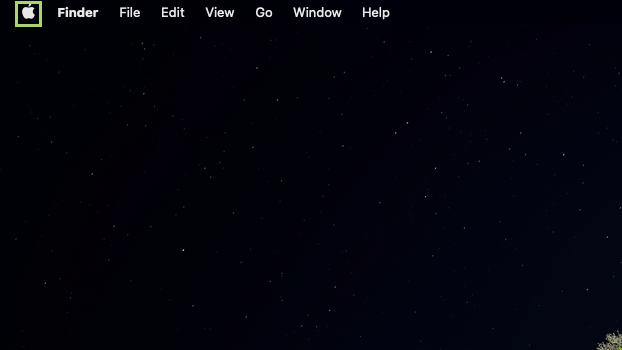
1) Click the Apple icon to open the menu.
2) In the menu, select System Preferences.
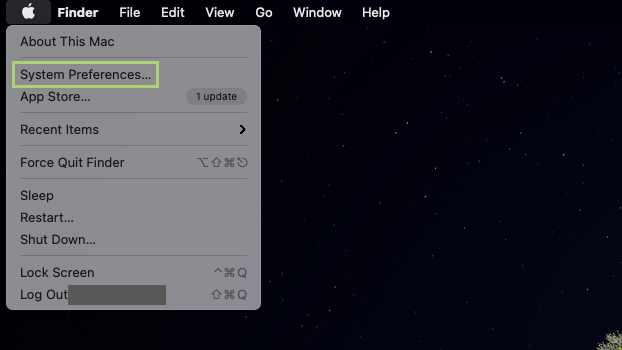
3) Select Dock & Menu Bar from the next window.
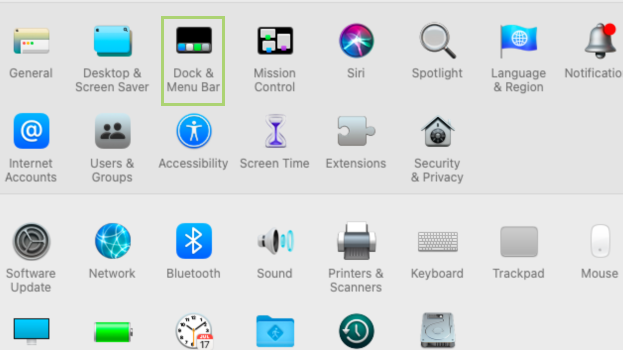
4) In the window that opens, select the Automatically hide and select the Dock option.
Stay in the know with Laptop Mag
Get our in-depth reviews, helpful tips, great deals, and the biggest news stories delivered to your inbox.
